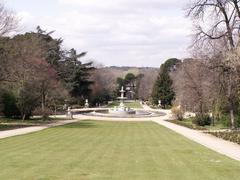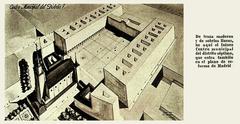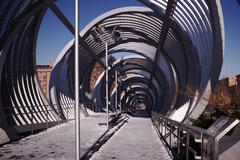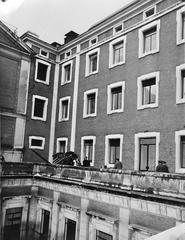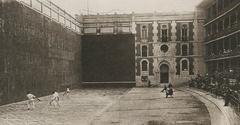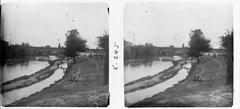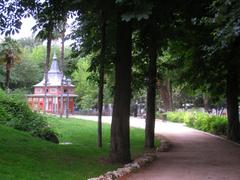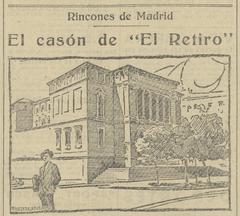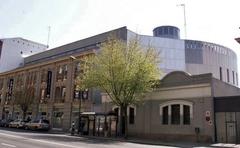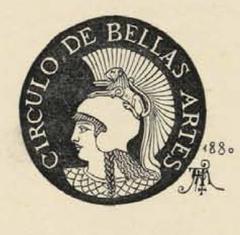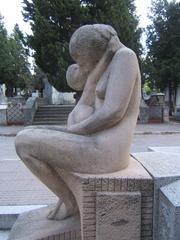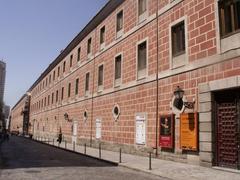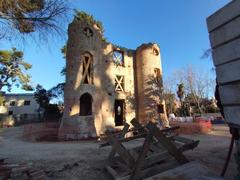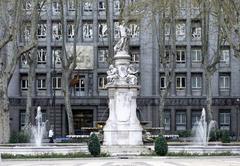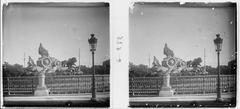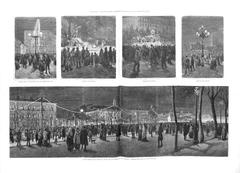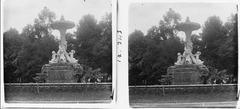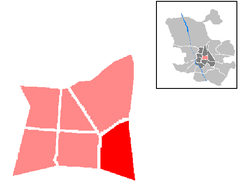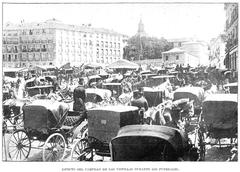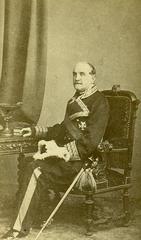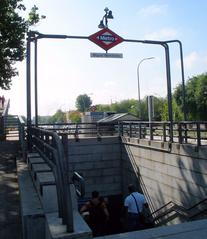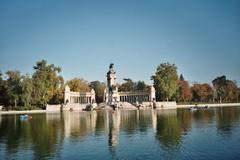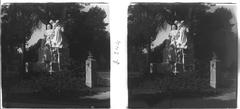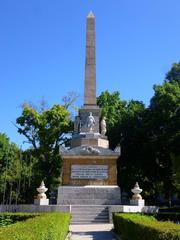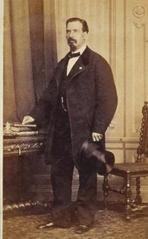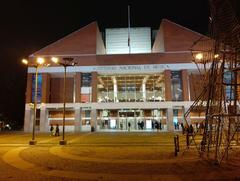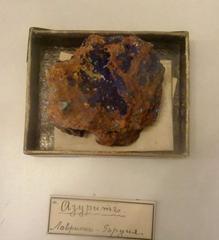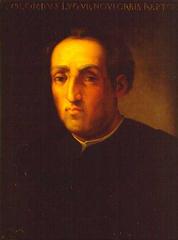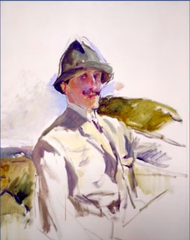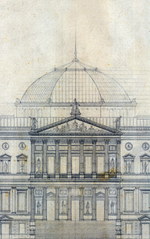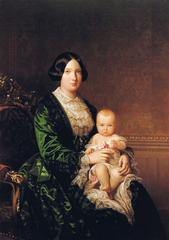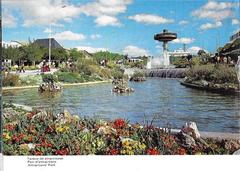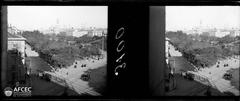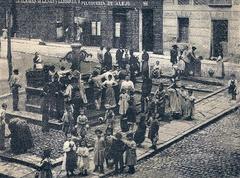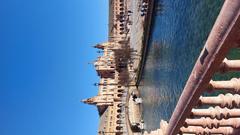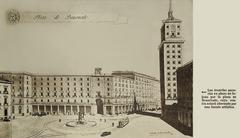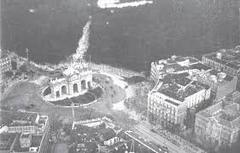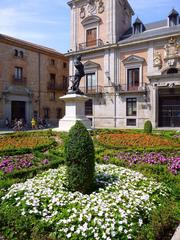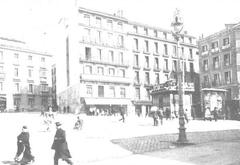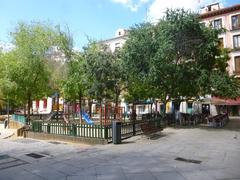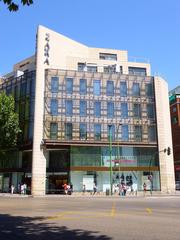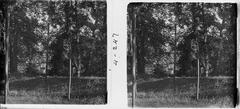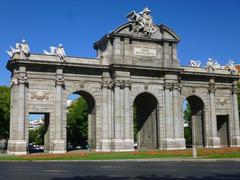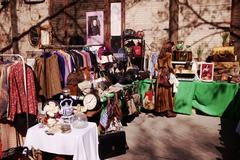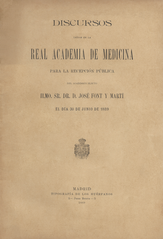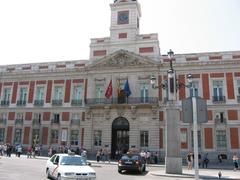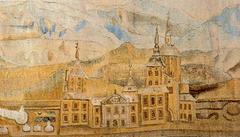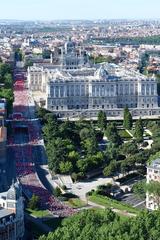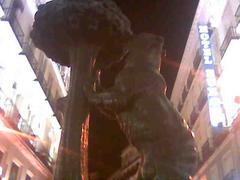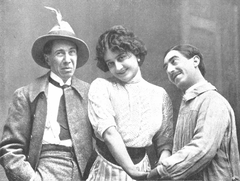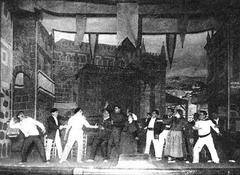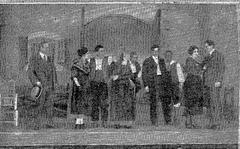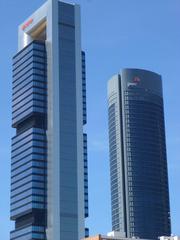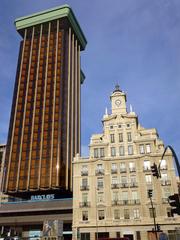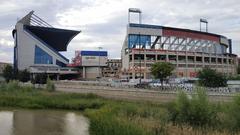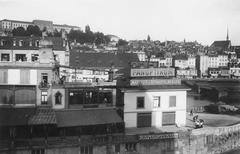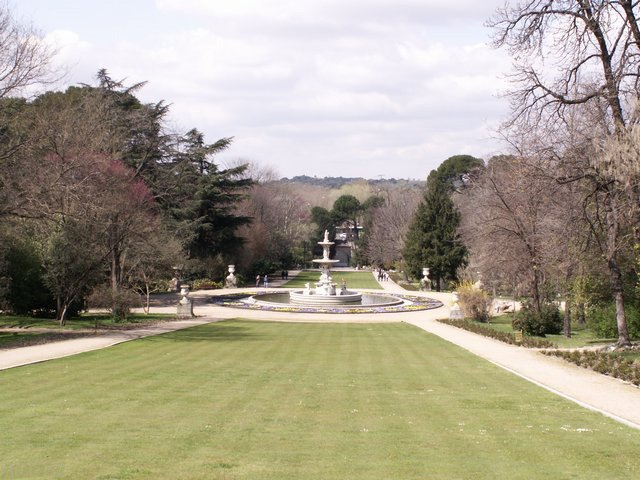
Comprehensive Guide to Visiting Jardines del Campo del Moro, Madrid, Spain
Date: 18/07/2024
Introduction
Nestled in the heart of Madrid, the Jardines del Campo del Moro is a historical and cultural treasure that offers a serene escape from the bustling city. With a history dating back to the 12th century, the gardens have evolved through various royal influences and landscape designs, culminating in their status as a Historic-Artistic Garden in the 20th century. Originally named after the Muslim leader Ali Ben Yusuf, who camped on this site in 1109, the gardens are a testament to Spain’s rich and diverse heritage (Madrid Tourism). Over the centuries, the gardens have been shaped by royal visionaries such as King Ferdinand VII and Queen Isabella II, who commissioned the renowned architect Narciso Pascual y Colomer to design the space in the romantic English garden style (Royal Palace of Madrid). Today, the Jardines del Campo del Moro not only serve as a beautiful public space but also house a diverse collection of flora and fauna, various architectural and artistic features, and provide a habitat for numerous bird species (Madrid Botanical Society). This comprehensive guide will delve into the rich history, visitor information, and unique features that make the Jardines del Campo del Moro a must-visit destination in Madrid.
Table of Contents
- Introduction
- History of Jardines del Campo del Moro
- Architectural and Artistic Features
- Flora and Fauna
- Visitor Information
- Nearby Attractions
- Photographic Spots
- FAQ
- Conclusion
History of Jardines del Campo del Moro
Origins and Early Development
The Jardines del Campo del Moro, located in Madrid, Spain, have a rich history that dates back to the 12th century. The name “Campo del Moro” translates to “Field of the Moor,” a reference to the historical event when the Muslim leader Ali Ben Yusuf camped on this site in 1109 during his attempt to recapture Madrid from the Christians. This historical context provides the gardens with a significant cultural and historical backdrop (Madrid Tourism).
Royal Influence and Design
The transformation of the Campo del Moro into a royal garden began in earnest in the 19th century. King Ferdinand VII initiated the development of the gardens in 1810, envisioning a grand landscape that would complement the Royal Palace of Madrid. However, it was not until the reign of Queen Isabella II that significant progress was made. In 1844, Queen Isabella II commissioned the renowned architect Narciso Pascual y Colomer to design the gardens. Colomer’s design was inspired by the romantic English garden style, characterized by winding paths, expansive lawns, and a variety of plant species (Royal Palace of Madrid).
19th Century Enhancements
Throughout the 19th century, the gardens underwent several enhancements under the direction of various landscape architects. One notable figure was Francisco de Asís, the husband of Queen Isabella II, who took a personal interest in the gardens’ development. He introduced exotic plant species and ornamental features, including fountains and statues, which added to the gardens’ aesthetic appeal. The design aimed to create a picturesque landscape that offered both beauty and tranquility to its visitors (Madrid City Council).
20th Century Restoration and Preservation
The 20th century saw efforts to restore and preserve the Jardines del Campo del Moro, ensuring their historical and cultural significance was maintained. During the Spanish Civil War (1936-1939), the gardens suffered damage, but post-war restoration efforts were undertaken to revive their former glory. In the 1960s, the gardens were declared a Historic-Artistic Garden, recognizing their importance as a cultural heritage site. This designation helped secure funding and support for ongoing maintenance and preservation efforts (Spanish Cultural Heritage).
Architectural and Artistic Features
The Jardines del Campo del Moro are renowned for their architectural and artistic features, which reflect the tastes and influences of different historical periods. One of the most prominent features is the Fountain of the Tritons, designed by Manuel Álvarez in the 19th century. This fountain, adorned with sculptures of mythological figures, serves as a focal point within the gardens. Additionally, the gardens house several statues and monuments, including the Statue of Queen Isabella II, which pays homage to the monarch who played a pivotal role in the gardens’ development (Madrid Historical Archives).
Flora and Fauna
The gardens boast a diverse collection of flora and fauna, contributing to their ecological and aesthetic value. The plant species found in the Jardines del Campo del Moro include a mix of native and exotic varieties. Notable examples include the Lebanese cedar, the Himalayan pine, and the Japanese pagoda tree. These species were carefully selected to create a harmonious and visually appealing landscape. The gardens also provide a habitat for various bird species, making it a popular spot for birdwatching enthusiasts (Madrid Botanical Society).
Visitor Information
Visiting Hours and Tickets
The Jardines del Campo del Moro are open to the public throughout the year. Visiting hours typically start from 10:00 AM to 8:00 PM, though these times can vary depending on the season. Admission to the gardens is free, making it an accessible destination for all visitors.
Accessibility
The gardens are designed to be accessible to visitors with disabilities. Paved paths and ramps ensure that everyone can enjoy the natural beauty and historical significance of the site.
Guided Tours and Events
Guided tours are available for those interested in a more in-depth exploration of the gardens’ history and features. Additionally, the gardens often host cultural events and exhibitions, providing a dynamic and engaging experience for visitors.
Nearby Attractions
The Jardines del Campo del Moro are conveniently located near several other notable attractions in Madrid, including the Royal Palace, Almudena Cathedral, and Sabatini Gardens. Visitors can easily plan a full day of sightseeing in this historically rich area.
Photographic Spots
For photography enthusiasts, the gardens offer numerous picturesque spots. The Fountain of the Tritons, expansive lawns, and scenic pathways provide perfect backdrops for capturing the essence of this historic garden.
FAQ
1. What are the visiting hours for Jardines del Campo del Moro?
The gardens are generally open from 10:00 AM to 8:00 PM, though hours may vary seasonally.
2. Is there an admission fee to enter the gardens?
No, admission to the Jardines del Campo del Moro is free.
3. Are the gardens accessible for visitors with disabilities?
Yes, the gardens have paved paths and ramps to ensure accessibility for all visitors.
4. Can I take a guided tour of the gardens?
Yes, guided tours are available and provide a deeper insight into the history and features of the gardens.
5. What other attractions are nearby?
Nearby attractions include the Royal Palace, Almudena Cathedral, and Sabatini Gardens.
Conclusion
The Jardines del Campo del Moro are a testament to Madrid’s rich historical and cultural heritage. From their origins in the 12th century to their development as a royal garden in the 19th century, the gardens have evolved into a cherished public space that continues to captivate visitors with its beauty and historical significance. Plan your visit today to explore this enchanting garden and discover the history and tranquility it offers.
